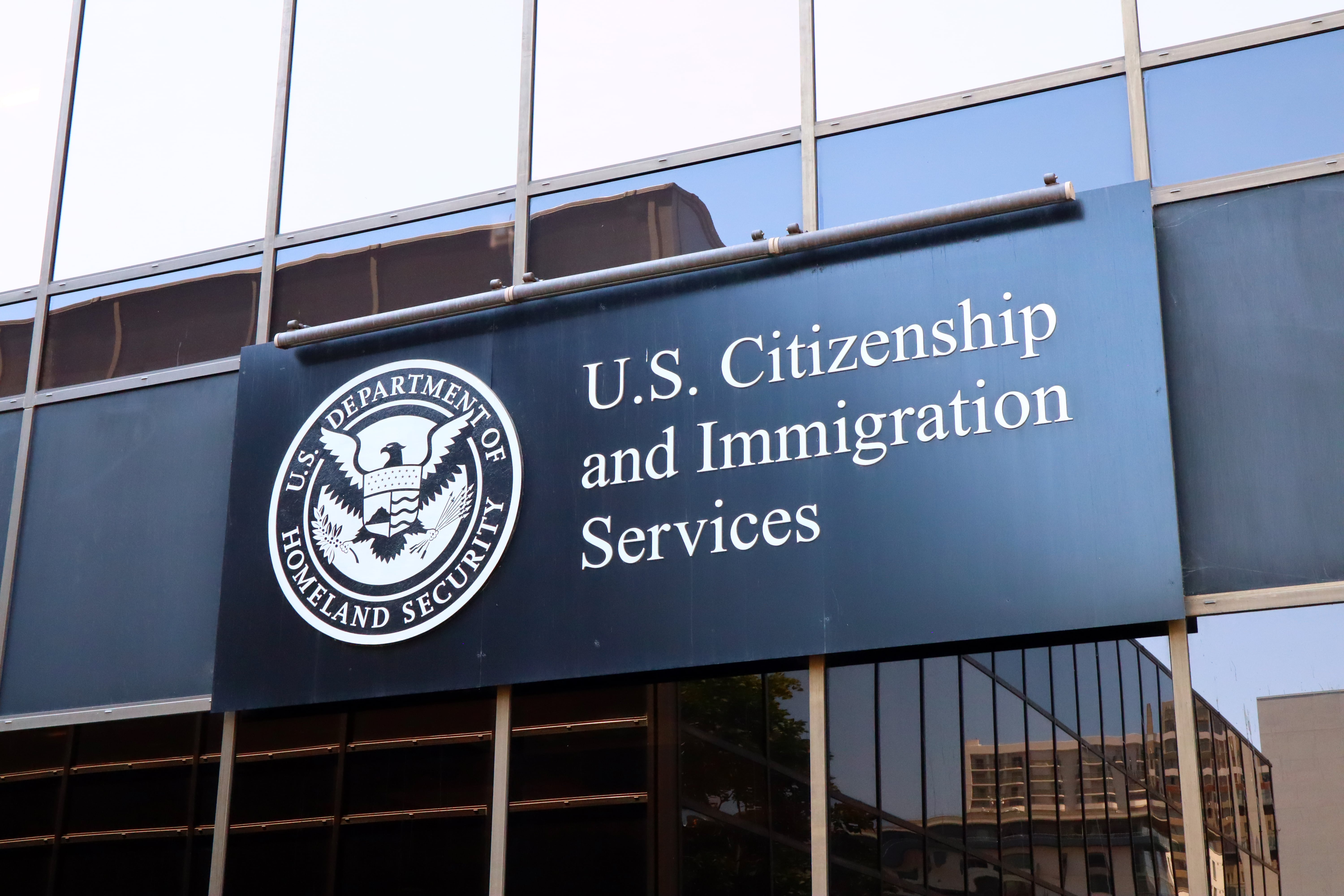
.svg)
U.S. Citizenship and Immigration Services (USCIS) announced today that, effective immediately, immigration applicants and petitioners can now use Form G-1650 (Authorization for ACH Transactions) to electronically pay immigration fees directly from their U.S. bank accounts.
In addition to the new ACH debit option, USCIS continues to accept credit card payments through Form G-1450, as well as paper checks and money orders. However, paper checks and money orders will be phased out and will no longer be accepted after October 28, 2025.
This change aligns with Executive Order 14247, Modernizing Payments to and from America’s Bank Account, which calls for faster, safer, and more efficient federal payment systems. It marks the biggest update to USCIS payment processing in years, replacing the paper-heavy system that has long caused delays.
“We have a responsibility to the American people to operate as efficiently and securely as possible,” said Matthew J. Tragesser, USCIS Spokesman. “Over 90% of our payments come from checks and money orders, causing processing delays and increasing the risk of fraud and lost payments.“
{{newsletter-component}}
What This Means for Applicants and Petitioners
For immigration applicants, the new system reduces many of the frustrations that come with mailing paper payments. ACH debit transactions:
- Lower the risk of lost or delayed checks
- Provide instant confirmation and better tracking
- Potentially shorten processing times
Applicants without a U.S. bank account can still use credit or prepaid cards via Form G-1450. However, all applicants must ensure they have sufficient funds before filing, since failed payments can lead to rejected applications.
What This Means for Employers
For U.S. businesses sponsoring foreign workers, the update reduces administrative hurdles and speeds up processing. Employers can expect:
- Fewer delays caused by rejected or lost payments
- Faster confirmation of fee receipt, keeping hiring timelines on track
- Easier record-keeping and compliance for multiple cases
HR and finance teams should update their filing procedures now to incorporate ACH debit payments. Companies that still rely on paper checks will need to transition to digital processes to avoid disruptions.
Broader Implications
The payment overhaul is part of the Trump administration’s broader push for government efficiency. By digitizing payments, USCIS expects to:
- Reduce fraud and financial losses
- Lower taxpayer costs by cutting manual processing
- Improve record-keeping for millions of transactions each year
- Ease payment-related backlogs that have slowed processing times
Overall, these improvements are expected to benefit not only immigrants and employers but also the broader U.S. economy, which relies on predictable immigration timelines to address labor shortages and support growth.
At the same time, the transition may create short-term challenges for some applicants, especially those still adapting to U.S. systems or just beginning to establish roots. Individuals without access to U.S. bank accounts, reliable technology, or experience with digital payments may face additional barriers, increasing the risk of application denials. To bridge this gap, community organizations, advocacy groups, and immigration service providers will likely need to expand their support and guidance to help vulnerable populations adapt to the new system.
Looking Ahead
With USCIS moving away from paper payments, early preparation is key for both applicants and employers. Getting ready now for electronic payment will help prevent denials and last-minute payment issues as the October 2025 deadline approaches. Here’s how you can stay ahead of the upcoming changes:
For individuals and family sponsors:
- Use or set up a U.S. bank account if you plan to use ACH debit (Form G-1650).
- If opening a bank account isn’t possible, plan to use a credit or prepaid card with Form G-1450.
- Always check that you have enough funds before submitting your application to avoid payment rejections and delays.
For U.S. employers sponsoring immigrant workers:
- Update HR and finance procedures to use ACH debit or credit card payments instead of paper checks and money orders.
- Train staff on the new payment forms (G-1650) to minimize mistakes.
- Establish internal tracking systems so that payments and receipts are properly documented for compliance.
{{cta-component-center-aligned}}
.png)
.png)
.png)






%20(1).jpeg)

.svg)
.avif)